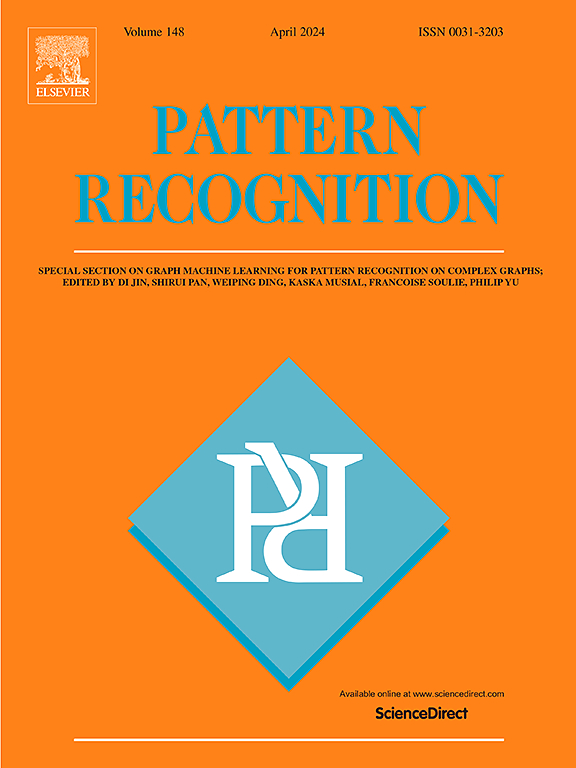Experimental evaluation of Szemerédi’s regularity lemma in graph-based clustering
IF 7.6
1区 计算机科学
Q1 COMPUTER SCIENCE, ARTIFICIAL INTELLIGENCE
引用次数: 0
Abstract
One major problem of graph-based clustering lies in the large computation load resulted by the similarity graph. Several previous works have shown that Szemerédi’s regularity lemma can be useful in relieving this problem. Based on this lemma, we partition the original graph to obtain a reduced graph, which inherits the major structure of the original graph with a much smaller cardinality. By performing clustering on the reduced graph and mapping data labels back to the original graph, the computation load can be reduced significantly. In further works we found that the parameters of this method have significant influences on the clustering results, and this issue hasn’t been dealt with in previous works. In this paper we present a thorough investigation of the influences of the parameters on clustering results, in experiments with four representative algorithms and a large number of real datasets. As a result, we find out the appropriate ranges of parameters to improve both clustering accuracy and computation efficiency significantly. We also show that regularity partitioning outperforms ordinary k-means-based partitioning, demonstrating the advantage of the regularity lemma in building the reduced graph. Furthermore, experimental results show that relatively old algorithms can be enhanced based on this lemma to outperform recent state-of-the-art ones. This work goes a step further in extending the application of the regularity lemma from pure theoretical to practical realms.
基于图的聚类中szemersamedi正则引理的实验评价
基于图的聚类的一个主要问题是相似图的计算量大。以前的一些工作已经表明,szemersamedi的正则引理可以用来解决这个问题。在此引理的基础上,我们对原图进行了划分,得到了一个约简图,该约简图继承了原图的主要结构,但基数更小。通过对简化后的图进行聚类,并将数据标签映射回原始图,可以显著减少计算负荷。在进一步的工作中,我们发现该方法的参数对聚类结果有显著的影响,这一问题在以前的工作中没有得到解决。在本文中,我们通过四种代表性算法和大量真实数据集的实验,深入研究了参数对聚类结果的影响。结果表明,我们找到了合适的参数范围,大大提高了聚类精度和计算效率。我们还证明了正则性划分优于普通的基于k均值的划分,证明了正则性引理在构建约简图方面的优势。此外,实验结果表明,基于该引理,相对较旧的算法可以得到增强,从而优于最新的最先进的算法。这项工作进一步将正则引理的应用从纯理论扩展到实际领域。
本文章由计算机程序翻译,如有差异,请以英文原文为准。
求助全文
约1分钟内获得全文
求助全文
来源期刊

Pattern Recognition
工程技术-工程:电子与电气
CiteScore
14.40
自引率
16.20%
发文量
683
审稿时长
5.6 months
期刊介绍:
The field of Pattern Recognition is both mature and rapidly evolving, playing a crucial role in various related fields such as computer vision, image processing, text analysis, and neural networks. It closely intersects with machine learning and is being applied in emerging areas like biometrics, bioinformatics, multimedia data analysis, and data science. The journal Pattern Recognition, established half a century ago during the early days of computer science, has since grown significantly in scope and influence.
 求助内容:
求助内容: 应助结果提醒方式:
应助结果提醒方式:


